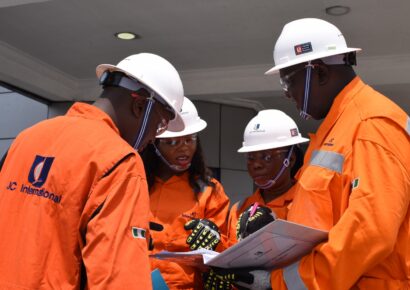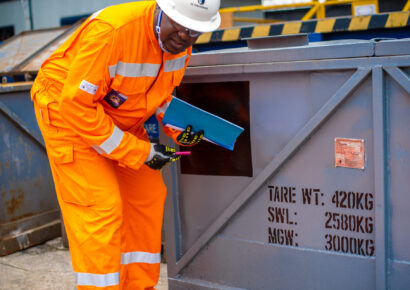Course Overview
Objective
To gain experience with and understanding of the types, advantages and applications of various NDT methods.
- Foundation: To provide students with a strong knowledge of terms, concepts, principles etc. involved in Non-Destructive Testing.
- Skills: To provide practical training in handling and testing the Non-Destructive Testing equipments.
- Data Analysis: To develop knowledge and skills for interpretation and evaluation of the results.
- Awareness and professional Ethics: To offer environment to enhance team essential skills for effective careers in the inspection profession.
Course Details
Courses Duration
Liquid Penetrant Testing Level I 3 days
Liquid Penetrant Testing Level II 3 days
Scientific Principles
A penetrant solution is applied to the surface of a precleaned component. The liquid is pulled in to surface-breaking defects by capillary action. Excess penetrant material is carefully cleaned from the surface. A developer is applied to pull the trapped penetrant back to the surface where it is spread out and forms an indication. The indication is much easier to see than the actual defect.
Main Uses
Used to locate cracks, porosity and other defects that break the surface of a material and have enough volume to trap and hold the penetrant material. Liquid penetrant testing is used to inspect large areas very efficiently and will work on most nonporous materials.
Main Advantages
- Large surface areas or large volumes of parts/materials can be inspected rapidly and at low cost.
- Parts with complex geometry are routinely inspected.
- Indications are produced directly on surface of the part providing a visual image of the discontinuity.
- Equipment investment is minimal.
Disadvantages
- Detects only surface breaking defects. Surface preparation is critical as contaminants can mask defects.
- Requires a relatively smooth and nonporous surface.
- Post cleaning is necessary to remove chemicals.
- Requires multiple operations under controlled conditions.
- Chemical handling precautions are necessary (toxicity, fire, waste).
Target Audience
Level I: NDT Operators, NDT Salesmen, Anyone seeking the Basic NDT Principles and Practices.
Level II: Engineers & QA/QC Personnel, Welding Supervisors & Inspectors, NDT Technicians & Practitioners, Qualified NDT Level I individuals who want to be qualified as Level II.
Award
Delegates attending and successfully completing both the practical and written assessments will be awarded a certificate showing compliance with SNT – TC – 1A.






